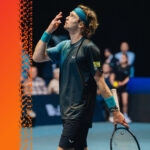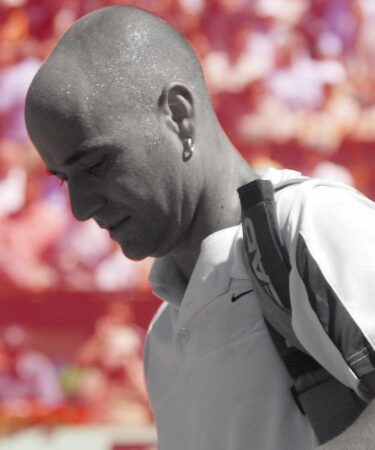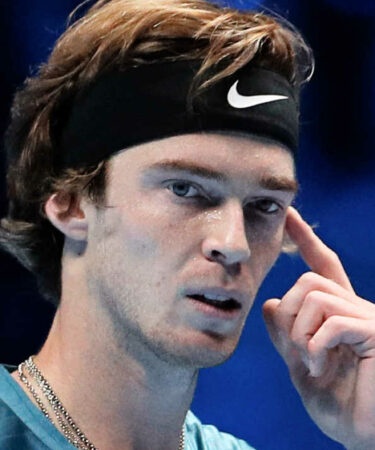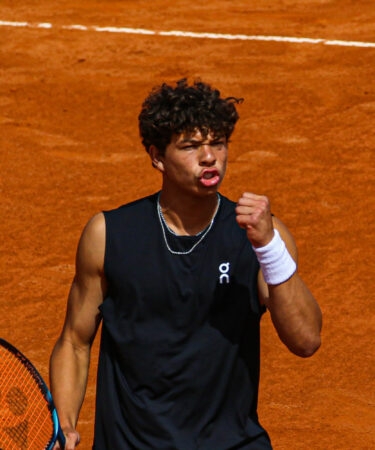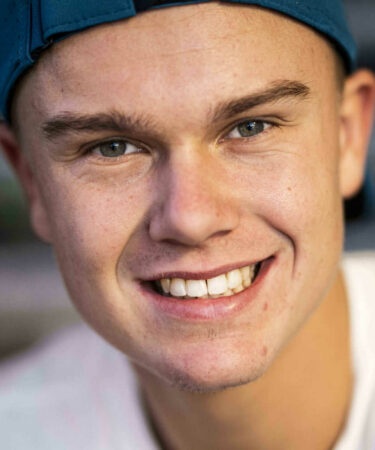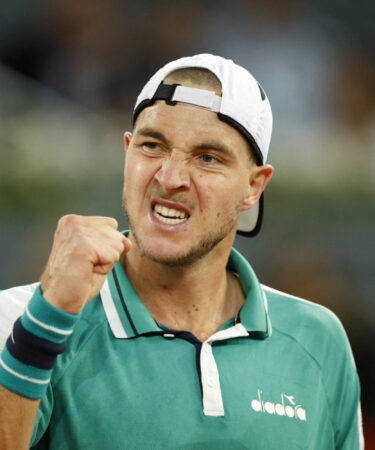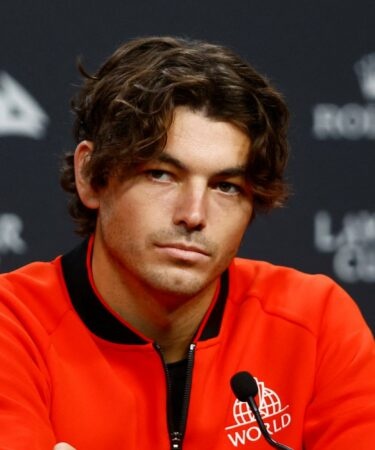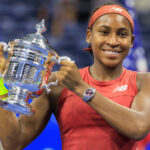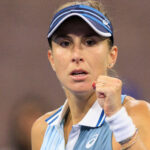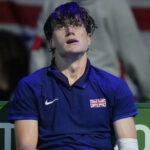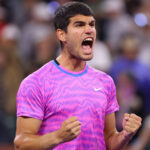Levelling the playing field: How UTS changed the serve dynamic
Usually a huge advantage in tennis, UTS’s one-serve rule has reduced its impact and changed the way players approach their matches
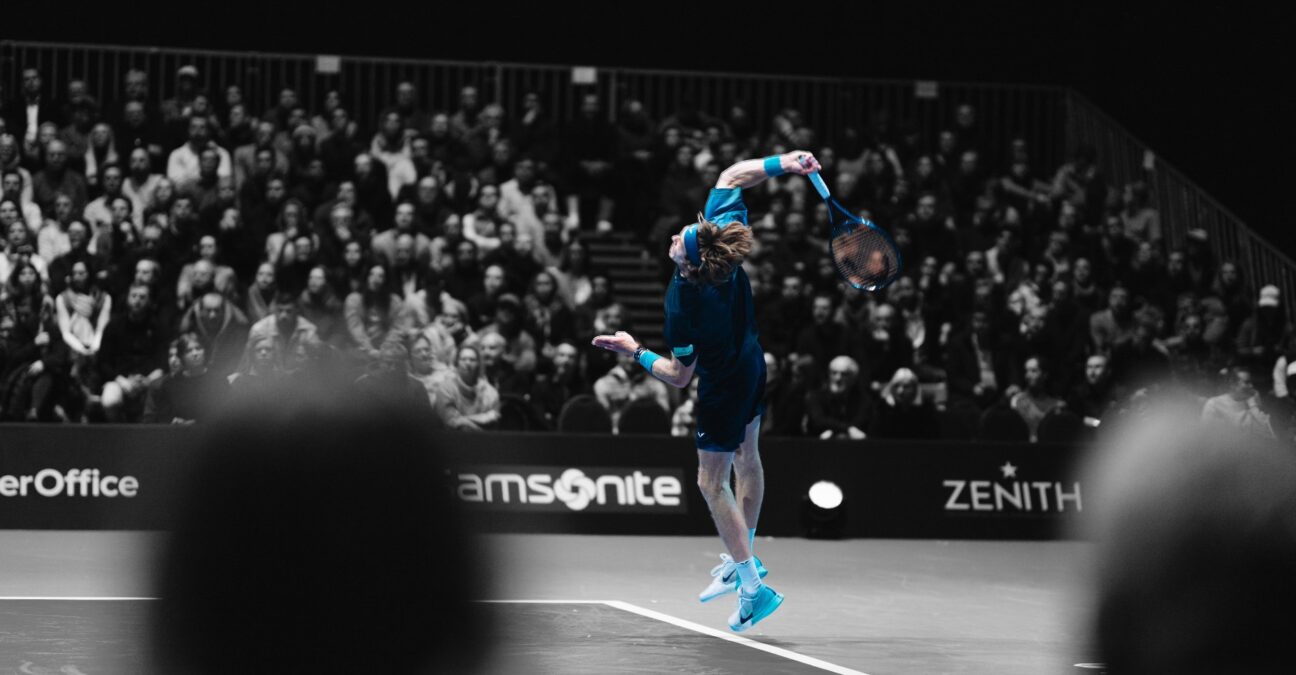 Andrey Rublev, UTS Oslo 2024 – © UTS
Andrey Rublev, UTS Oslo 2024 – © UTS
It’s a saying everyone in tennis knows well. “You’re only as good as your second serve.” Who exactly coined the phrase is not clear, though Andre Agassi used to swear by it and his arch nemesis, Pete Sampras, lived by it.
And it still rings true. If you have a good, reliable second serve, when you’re under pressure, especially when you’re hitting second serves at big moments, then the chances are you’ll hold up well. If not, then you are hugely vulnerable just when you need to be mentally strongest.
But in UTS, the role of the serve has been upended. With just one serve on each point, the server can no longer go for broke with what’s effectively a free swing, knowing they’ll have another go if they miss. In UTS, players are forced to weigh up the risk of going big against throwing away the point with a fault.
The brainchild of Patrick Mouratoglou and Alex Popyrin, UTS entered the tennis world in 2020, taking centre stage during the Covid-19 pandemic, offering players the chance to compete when the Tours were on hiatus. Since then, it has continued to bring innovation to the game but it’s the one-serve-only rule that has perhaps made the greatest difference.
“A goal, to cut off all those (free) points” (Mouratoglou)
“That was really a goal, to cut off all those (free) points. That are just ‘boom, point is finished, 30 seconds wait,” Mouratoglou said. “At UTS we have almost only rallies. It’s rare to have an ace or serve winner because the risk is too high. We have many more rallies, which makes it more intense, much less time between the points, so it’s a completely different way to play and the strategies are different also.”
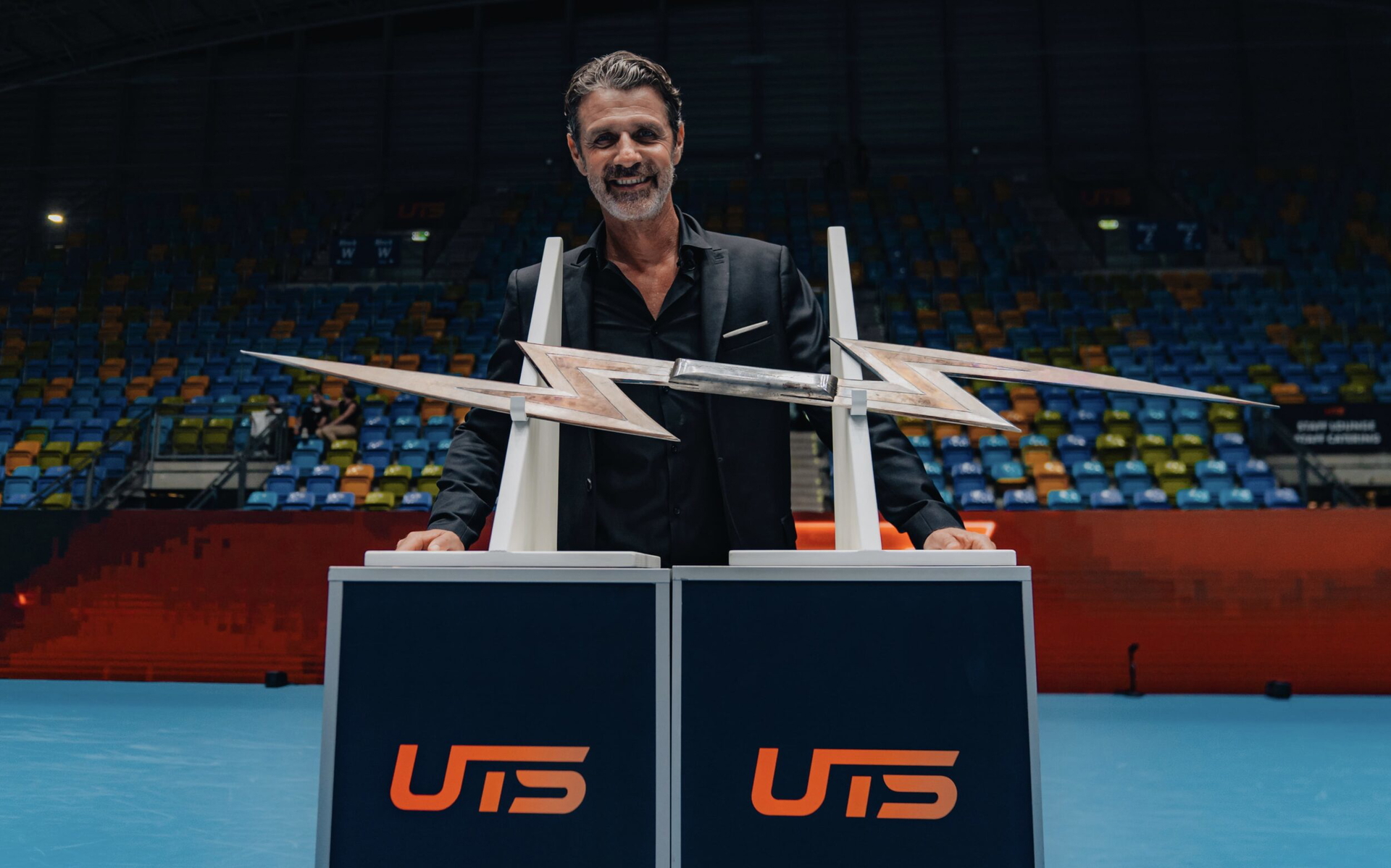
It’s the rule that affects players more than any other at UTS.
“If I hit a good percentage, then I feel like I win almost every match,” Alexander Bublik – “The Bublik Enemy” said. “It’s taking away my biggest weapon. My serve is my best weapon. If there is no serve, I cannot play. It’s hard for me to even win a point.”
Risk higher than the reward
In classic, traditional men’s tennis, played out over the best of three sets, or over the best of five sets at Grand Slams, the serve is key. Returners are doing well if they are winning anywhere near 40 percent of points and for the most part, they are on the back foot in rallies if they’re up against a strong server, who can dictate play. In UTS, the playing field has been levelled, with serve and return far more even.
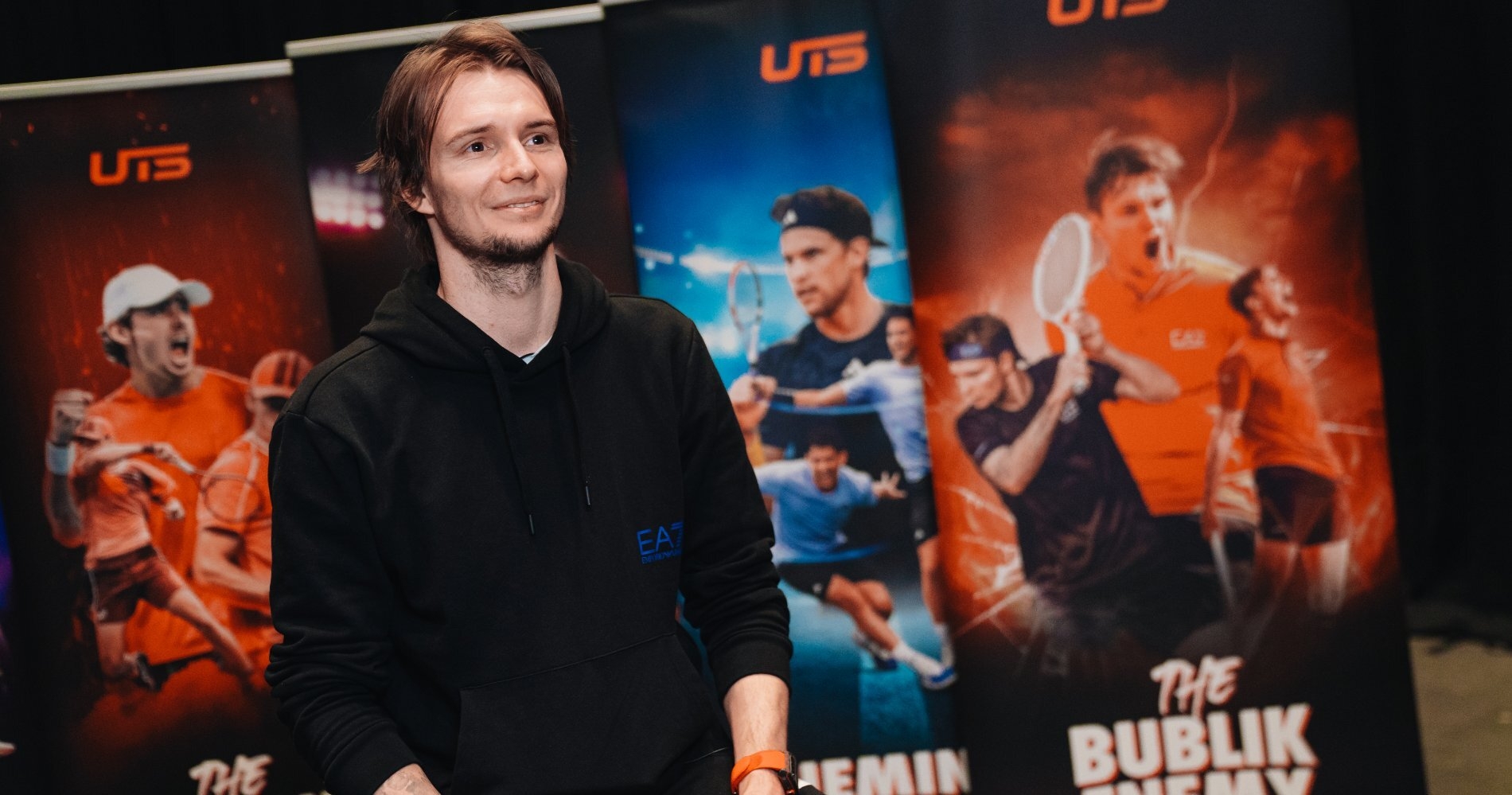
“If you look at the stats on the ATP Tour, the immense majority of the players win less than 50 percent of points on the second serve,” Mouratoglou said. “So what was an asset becomes a weakness. The question is how much risk do they have to take on their serve, considering they have only one. But also if they serve a real second serve (at a comparable pace to the regular ATP Tour) they’re in danger. This is a question they need to answer.”
47-53 percent of points won on serve
Players in the UTS win between 47 percent and 53 percent of points on their serve. That’s well down on the ATP Tour, where good servers would expect to be winning 70 percent or more points on their first serve and somewhere north of 50 percent on their second serve. Heading into UTS New York, players have won 51.8 percent of points on serve, on average, in the past four UTS events.
The pressure, exacerbated by the shortened time between points (15 seconds, compared to 25 on the Tour), means players are reluctant to go for broke on their serve. Instead, they aim to hit what Mouratoglou and Mike James, the chief performance analyst at the Mouratoglou Academy, call a “first-second serve”.
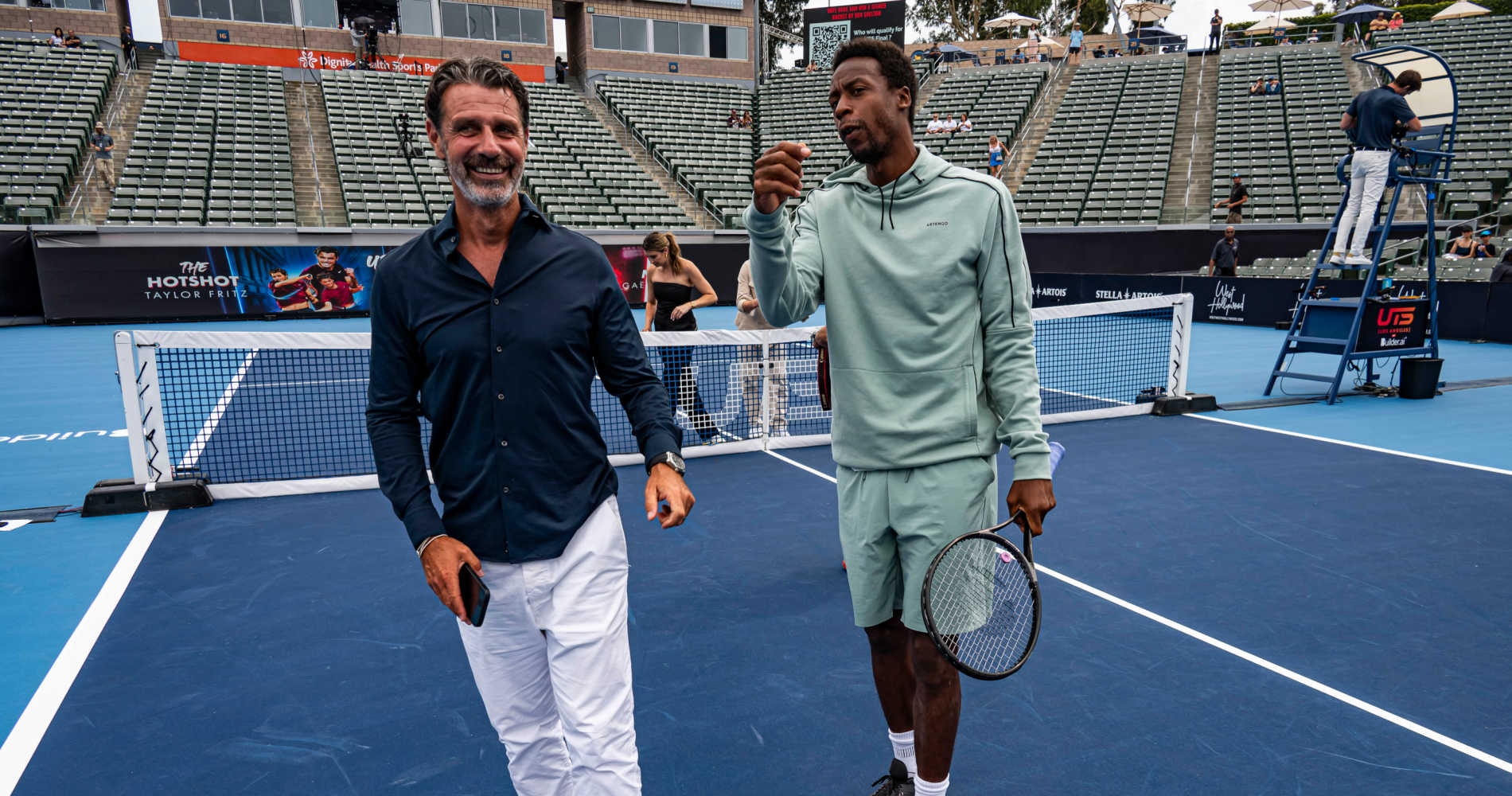
“In tennis, a ‘first-second’ serve is a first serve, taking the minimum risk, which means putting a lot of spin on it,” Mouratoglou said. “At UTS, if they hit a first-second serve, that would mean that if there is 90 percent chance they hit a second serve inside the court (normally), I would say that with a first-second there is maybe a 75 percent chance. It’s a second serve, but with more speed and still a lot of spin.”
James, who has worked with several top players, including Iga Swiatek and more recently Holger Rune, agrees. “On a first-second serve, which is maybe something that’s been created from the UTS format, you’re taking high risk, hitting closer to the line and hitting with more speed,” James said.
“Holger, at the back end of 2022, had the third fastest second serve in the world during the indoor season. That’s exactly what was happening, he was taking more risk, with more speed, hitting closer to the line, but his double fault rate was normal. For me it’s creating more speed and still having that accuracy, which is the ultimate goal.”

Rublev a master of the ‘first-second’ serve
Perhaps that explains why Andrey Rublev – “Rublo” – has been so successful at UTS, winning Frankfurt and reaching the Final 4 in London.
“The rest of the players, they take often more risk than me,” he said. “They go often for the full serve. Me, I am not doing that.”
Benoit Paire, “The Rebel”, said Rublev’s way of serving creates pressure for his opponents. “Andrey serves between his first and second serve,” he said. “He is very safe. So if you don’t attack him instantly he is in control of the rally.”
The one-serve rule also plays with people’s minds, often making them think they have been serving worse, or at a lower percentage, than they actually have. “It stings when you miss a serve because it feels like a double fault. it feels like you do more than you actually do,” Casper “The Ice Man” Ruud said.

Going for a bigger serve in UTS is a risk not necessarily worth taking, even if the bigger servers are still dangerous. Aces are a rarity, with Jan-Lennard Struff – “The Thunder” – the only man to average more than one ace per UTS match (2) across the past four editions.
Jack Draper, “The Power”, who won the UTS Grand Final in London in 2023, won 62 percent of points on his serve, an outstanding number. But the Briton has played just five UTS matches so far and as he continues, his stats could yet prove to be something of an outlier. Rublev, Ben Shelton – “The Mountain” – and Taylor Fritz – “The Hotshot” – are the only other men to average more than 53 percent of points won on serve in UTS since the start of 2023.
“Most UTS players are winning, on average, between 47 and 53 percent of the points they play,” Mouratoglou says. “Those stats are very close to the statistics of how much ATP players win points on their second serve. I’m not surprised it’s like that.”
Second seve is their first serve
And yet the serve has not totally been nullified. The biggest and best servers – and plenty of them have performed well at UTS, including Fritz, Shelton and Struff – still have options.
“The players who have a great first serve, at UTS they hit second serves, literally,” said Mouratoglou. “But on key moments, some of them choose to take the risk to go for a first one, to hit full. It’s a risk, of course, it’s a big risk, but it’s measured because those players in general are very tall, so they have more margin over the net. They can take more margin to the lines.
“Also, their first serve is in a way much more secure than most of the other ones. They have also the confidence that they’re going to serve it in because they master this shot extremely well. Still it’s a big risk, but they have to use their main assets at some key moments so it makes sense. It’s like a guy who would go for a forehand down the line on a big point. That is not the ideal shot to go for it, but his forehand is his best shot, and he trusts that he’s going to work because a big point, he takes an extra risk.”
Smarter serving required
What the one-serve rule also does is change a player’s mindset, especially the first time they experience UTS. They have to cope with the fact that aces and unreturned serves are far less frequent than usual and that points, invariably, will be longer.
“You have to accept that the serve is going to come back more often than normal,” James said. “You only have effectively a second serve, so you’re playing longer rallies than traditional tennis, with less time between points. It’s much more demanding, cardio-wise, than the regular Tour.
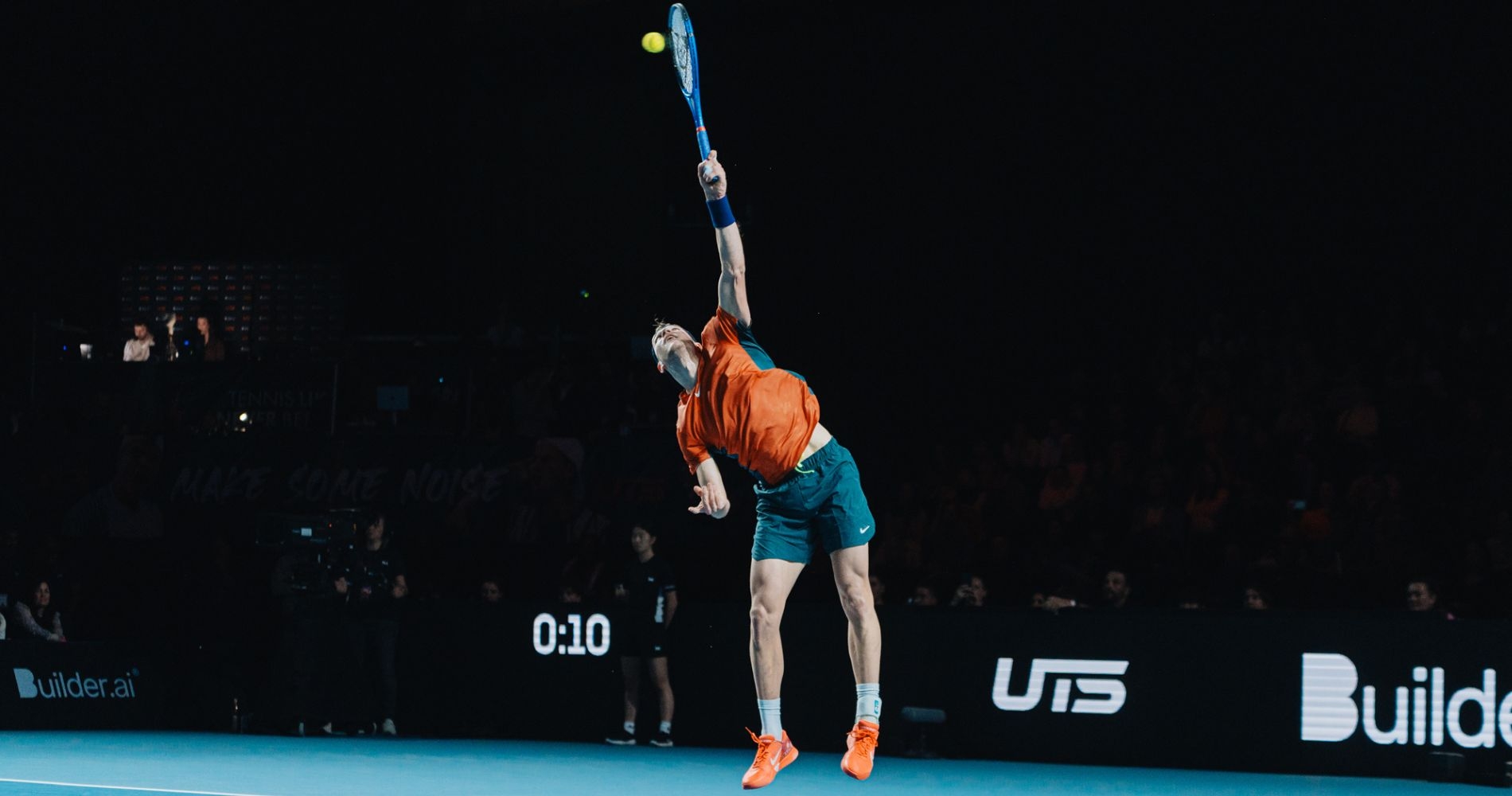
“Building a three-quarter first serve is really, really important. What type of ball are you getting back? Just rolling the ball and getting the point started isn’t going to be good enough because you’re going to be defending a lot more. Traditionally in tennis the server has the advantage; in UTS if you’re not brave enough on serve you’re going to be defending a lot more than normal.
“If you’re only winning between 47 and 53 percent on serve you’re starting on a level playing field, (even) the best servers in the world. With this stat, best case scenario, you have a ball in neutral where you have a chance to build the rally from there. For me this is creating a different tactical plan for players and coaches to be discussing about where they serve. Traditionally a second serve is body-backhand, you’re trying to play into the player, whereas at UTS I think you have to be a bit more creative about where you’re serving and what spin you’re using.”
Is it an advantage to return?
Returners are liberated by the rule, knowing they are unlikely to be blown away by a massive serve, ready instead to take the initiative immediately.
“You are more free [on the opponent’s serve] because he starts the rally,” Rune said after one UTS event. “Normally it’s always great to be the server, but here, I don’t know, it’s great to be the returner.”
At UTS, many returners choose to take control of the point right from the off, especially by coming in behind the return itself.
“When you are returning a serve at UTS, what kind of risk do you take?” Mouratoglou said. “Do you return-volley? Do you go for the winner? Do you put a lot of pressure on the serve? It’s a way to put pressure, but also when you had a very difficult rally, to have a shorter one afterwards.
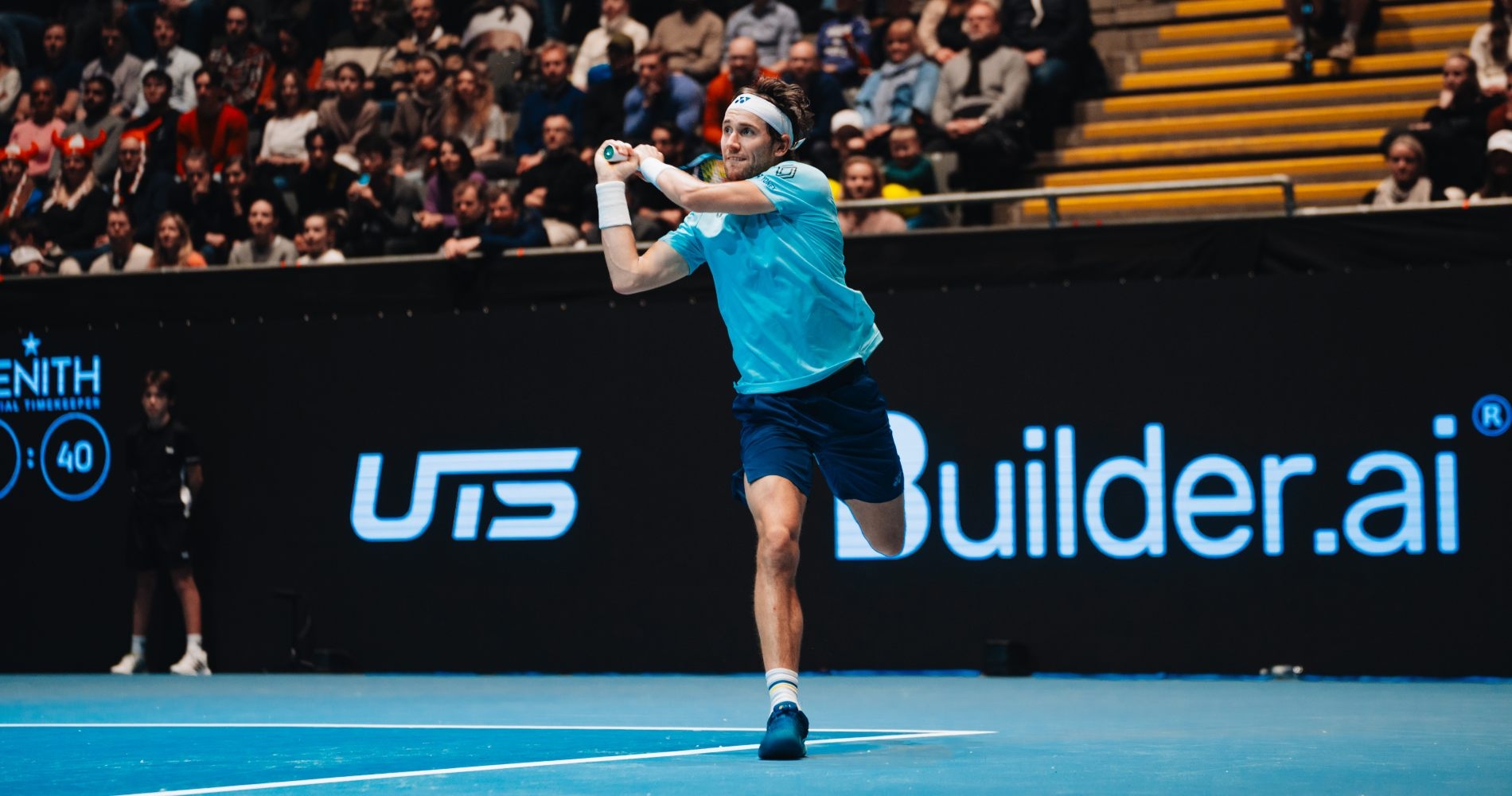
“I think for some players who are really good at that, for Nick Kyrgios, who’s going to play UTS very soon, for him to return-volley makes a lot of sense. He does this incredibly well, he is great at the net. He has never been a player that is extremely physical in terms of being able to handle long rallies, plus, he was out of the court for a long time with an injury. So he will need to shorten the rallies. So for those it makes a lot of sense. So that’s what I mean by using different strategies.”
James is reluctant to actually give returners the edge, though. “I’m not sure we can say yet that the returner has the advantage. However, I think with having one serve, being aggressive on court definitely leads you to be at least 50-50 in the rally. Players coming from the normal format, going to the UTS format, their mindset is going to be interesting,” he said.





